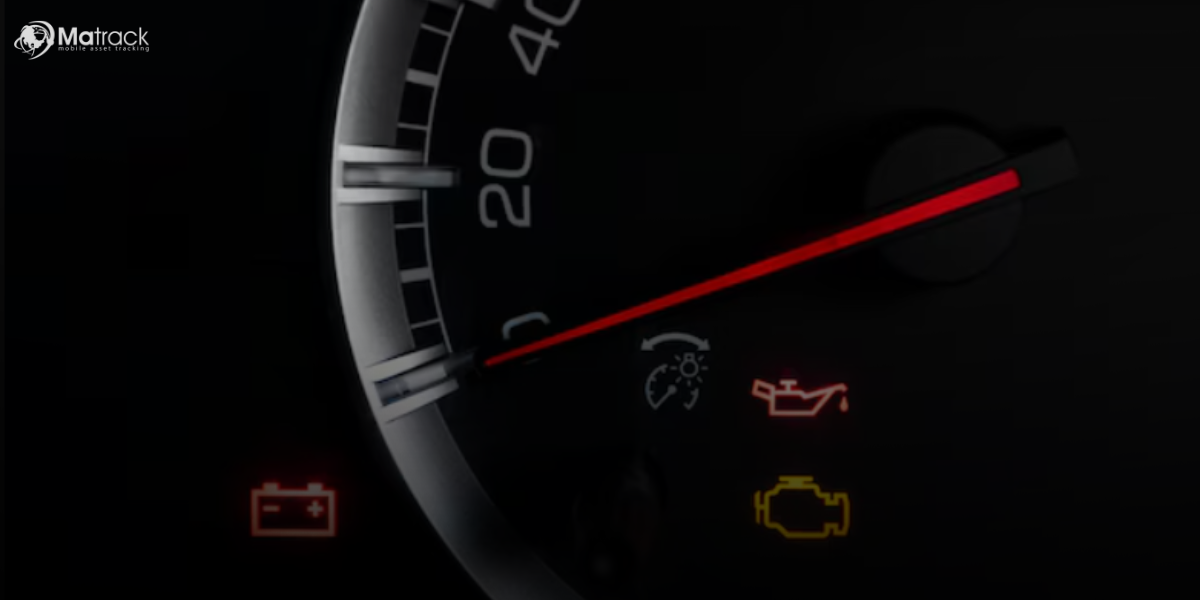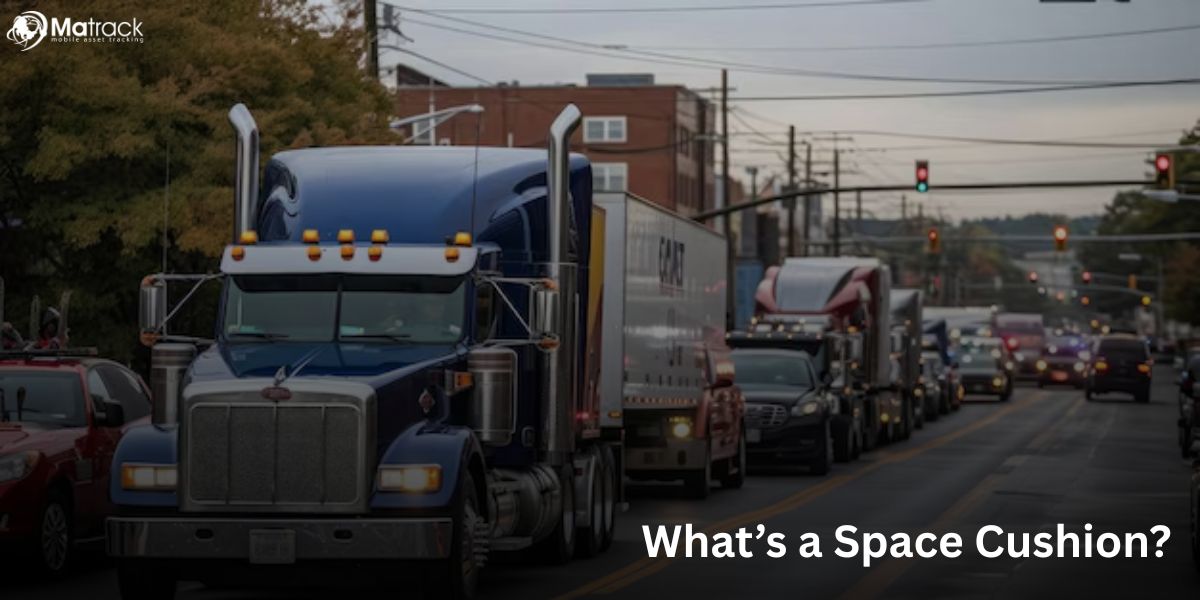Key Takeaways
- Idle engine means the engine stays running when the car is not moving, consuming fuel without powering movement.
- Long idling increases fuel waste, adds engine wear, and raises harmful emissions.
- Most idle issues come from airflow leaks, dirty components, or sensor failures that disrupt smooth operation.
- Using stop-start systems and idle-reduction technologies helps lower fuel use and extends engine life.
What Is an Idle Engine?
An idle engine means the engine is running even though the car isn’t moving and your foot isn’t on the gas. This usually happens when you’re parked, waiting at a stoplight, or warming up your car.
While idling, the engine runs at a low speed between 600 and 1,000 revolutions per minute. It keeps essential systems working, like the battery, power steering, and air conditioning.
In modern cars, the engine is managed by a computer. It automatically adjusts airflow and fuel to keep the engine running smoothly when you’re not accelerating.
How Idle Engine Works in Modern Cars
Modern engines idle by adjusting air, fuel, and spark in real time. The Engine Control Unit (ECU) manages this using five main components:
- Idle Air Control Valve (IAC): Regulates airflow when the throttle is closed.
- Throttle Position Sensor (TPS): Reports throttle angle to the ECU.
- Mass Air Flow Sensor (MAF): Measures air entering the engine.
- Oxygen Sensors: Monitor exhaust to fine-tune the fuel mix.
- Coolant Temperature Sensor: Increases idle speed during cold starts.
The ECU uses these inputs to maintain stable RPM, prevent stalling, and control emissions during idle.
How Long Can Vehicles Idle?
Most vehicles can idle for several hours without immediate damage, as long as the cooling and lubrication systems are working. However, extended idling increases fuel consumption, carbon buildup, and engine wear.
Gasoline engines burn 0.2 to 0.5 gallons of fuel per hour while idling. Diesel engines idle longer but produce more soot and emissions. Hybrid vehicles switch to electric power at idle, reducing engine runtime.
Idling for more than 30 minutes is unnecessary in most cases and reduces fuel efficiency, shortens oil life, and accelerates carbon buildup in the engine.
Common Idle Engine Problems
Idle problems usually point to something mechanical or electronic going wrong under the hood. These issues can make your engine shake, rev too high, or even shut off when stopped.
Vacuum Leaks
Cracked or loose vacuum hoses let in unmeasured air. That throws off the engine’s balance and leads to rough or unstable idling.
Dirty Throttle Body
Over time, carbon builds up around the throttle body. This buildup restricts airflow, causing the engine to stumble or idle unevenly.
Failing Idle Control Valve
When the idle control valve sticks or fails, it can’t manage airflow correctly. The result is an engine that revs up and down on its own while sitting still.
Worn Spark Plugs
Spark plugs that are old or damaged don’t fire cleanly. That leads to small misfires during idle, which make the engine feel rough or jittery.
Clogged Fuel Injectors
If the fuel injectors are dirty, they won’t spray fuel evenly. This messes with the air-fuel mix and causes rough or shaky idle.
Faulty Sensors
Bad readings from sensors like the MAF or TPS confuse the engine’s computer. That confusion shows up as inconsistent or high idle speeds.
Why Engine Idling Wastes Fuel
Idling burns fuel without moving the vehicle. One hour of idle consumes between 0.2 to 0.5 gallons, depending on engine size and load.
Fuel and Environmental Cost of Idling:
- CO2 Emissions: 1 hour of idling emits over 4.4 pounds of CO2.
- Fuel Waste: Idling for 10 minutes daily burns 36 gallons yearly.
- Air Pollution: Releases carbon monoxide, nitrogen oxides, and hydrocarbons.
Minimizing idle cuts fuel costs and lowers pollution significantly.
5 Simple Ways to Reduce Idle Time
Cutting down idle time saves fuel, lowers emissions, and helps your engine last longer. Here are five easy ways to make that happen.
Turn Off the Engine After 60 Seconds
If your car is stopped for more than a minute, shut the engine off. Idling burns more fuel than restarting in most situations.
Use Stop-Start Technology
If your vehicle has a stop-start, keep it activated. It automatically turns off the engine at stops and restarts when you’re ready to go.
Limit Warm-Up Time
Modern engines don’t need long warm-ups. Start driving after 30 to 60 seconds to warm the engine faster and save fuel.
Avoid Drive-Thrus
Instead of waiting in line with the engine running, park and go inside. It saves gas and reduces wear on your engine.
Monitor Idling with GPS Tracking
For commercial or fleet vehicles, use GPS systems to track idle time. This helps drivers stay aware and cut down on waste.
Cold Idle and Warm-Up
Cold engine idle raises RPM to speed up oil circulation and reach operating temperature. RPM reaches 1,200–1,500 for the first 2–3 minutes after a cold start.
Once the coolant warms up, the ECU drops idle to normal. Letting the car idle for long periods before driving is unnecessary. Modern engines warm up faster while moving.
Idle Stop-Start Systems Explained
Idle Stop-Start Technology cuts fuel use by turning off the engine during stops and restarting automatically. Idle stop-start cuts urban fuel use by up to 10% and lowers emissions.
Key Features:
- Automatic Shutoff: Engine stops when brakes are pressed or gear is in neutral.
- Quick Reignition: Restarts instantly when the pedal is released.
- Battery Support: Keeps accessories like lights and AC running.
When Is Engine Idling Necessary?
While unnecessary idling wastes fuel, there are situations where it’s practical or required. In certain conditions, keeping the engine running is important for performance, safety, or comfort.
Cold starts in winter often require short periods of idling. This helps the engine reach operating temperature and allows oil to circulate properly before driving.
In commercial trucks, idling may be needed to power onboard equipment like lifts, compressors, or refrigeration units. For vehicles without auto start-stop systems, stop-and-go traffic makes idling unavoidable. Lastly, some drivers idle briefly to maintain cabin temperature in extreme heat or cold when parked.
Diesel vs. Gasoline vs. Hybrid Idling
| Engine Type | Idle Characteristics |
| Gasoline Engines | Quiet operation, quick warm-up, smooth idle at low load |
| Diesel Engines | Louder idle sound, strong low-RPM torque, higher soot and particulate emissions |
| Hybrid Systems | Engine shuts off at idle, electric motor handles low-speed power, zero idle emissions |
Anti-Idling Laws in the U.S.
Many cities and states across the U.S. have anti-idling laws in place to cut down on pollution, fuel waste, and engine noise. These laws typically limit how long a vehicle can idle while stopped, especially in areas with high traffic or sensitive locations like schools and hospitals. In most cases, vehicles are allowed to idle for no more than 3 to 5 minutes.
Some regions have stricter rules. For example, New York City fines drivers up to $2,000 for idling longer than allowed, and California enforces heavy restrictions on diesel trucks, especially near schools. These laws often include exemptions for extreme weather, emergency vehicles, or situations where idling is necessary for equipment use.
Most enforcement targets commercial fleets, buses, and delivery trucks. Drivers are expected to turn off engines when parked unless the law states otherwise. Staying informed about local anti-idling rules helps drivers avoid fines and supports efforts to reduce emissions and improve air quality.
Idle Reduction Technologies
Idle reduction technologies are designed to limit engine runtime when a vehicle is stationary. These systems help cut fuel consumption, reduce emissions, and extend engine life, especially in commercial and high-use vehicles.
Automatic Stop-Start Systems
These systems shut off the engine when the vehicle is stopped and restart it automatically when the driver releases the brake or presses the clutch. Common in modern cars, they improve fuel economy in city traffic and reduce unnecessary idling.
Auxiliary Power Units (APUs)
APUs are small engines or battery systems used in trucks to power heating, cooling, and electronics without running the main engine. They’re widely used in long-haul trucking to comply with anti-idling regulations.
Battery Electric HVAC Systems
These systems run cabin climate control using battery power instead of the engine. They are useful for both passenger and commercial vehicles during long stops or rest breaks.
Engine Pre-Heaters
Engine pre-heaters warm the engine and cabin before startup, reducing the need to idle in cold conditions. They are especially helpful in colder climates and fleet operations.
Shore Power Connections
Shore power allows parked trucks or buses to connect to an external electrical source. This powers cabin systems and charging equipment without using the engine, ideal for overnight stops or depot waiting periods.
Conclusion
Idling keeps the engine running when the car is not moving, but doing it too often wastes fuel and damages the engine over time. Knowing how idle systems work and what causes idle problems helps you maintain better engine health.
Using stop-start systems, tracking idle time, and following anti-idling rules can lower fuel costs and reduce pollution. For both daily drivers and fleet vehicles, reducing idle time leads to better performance and longer engine life.



